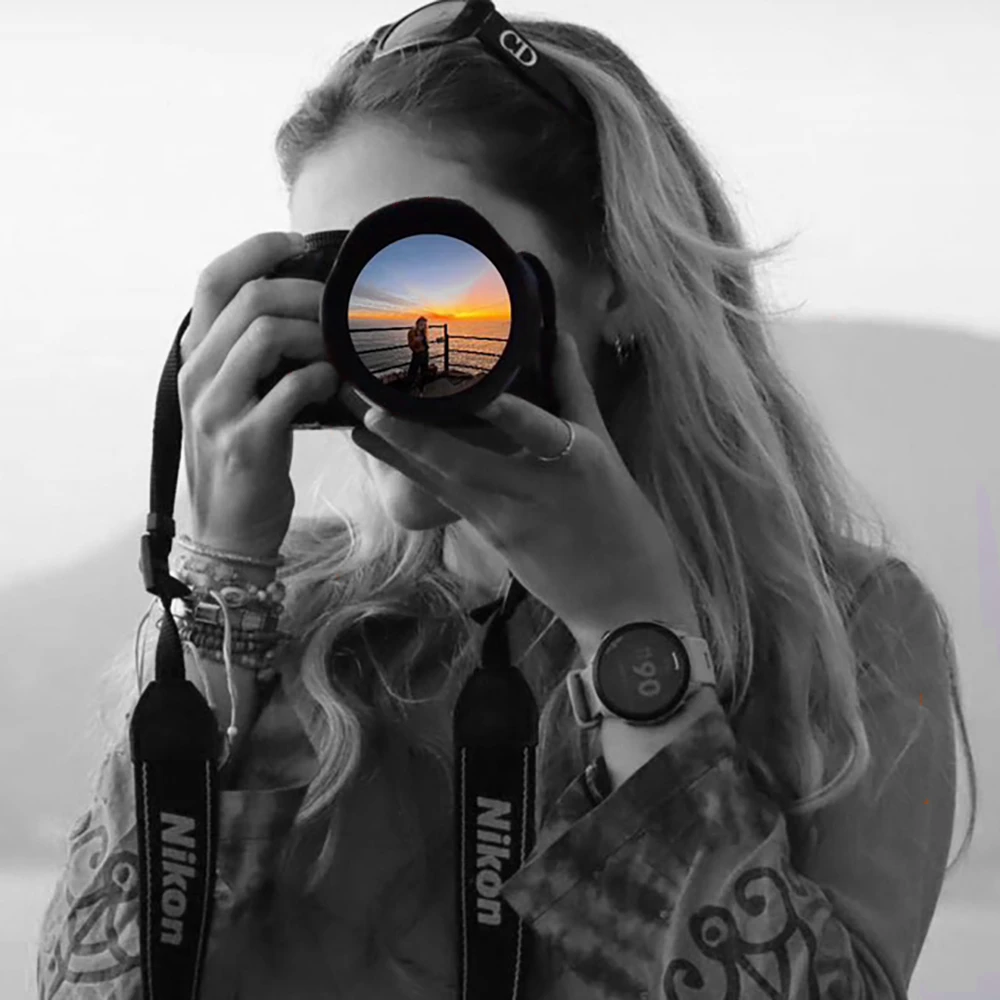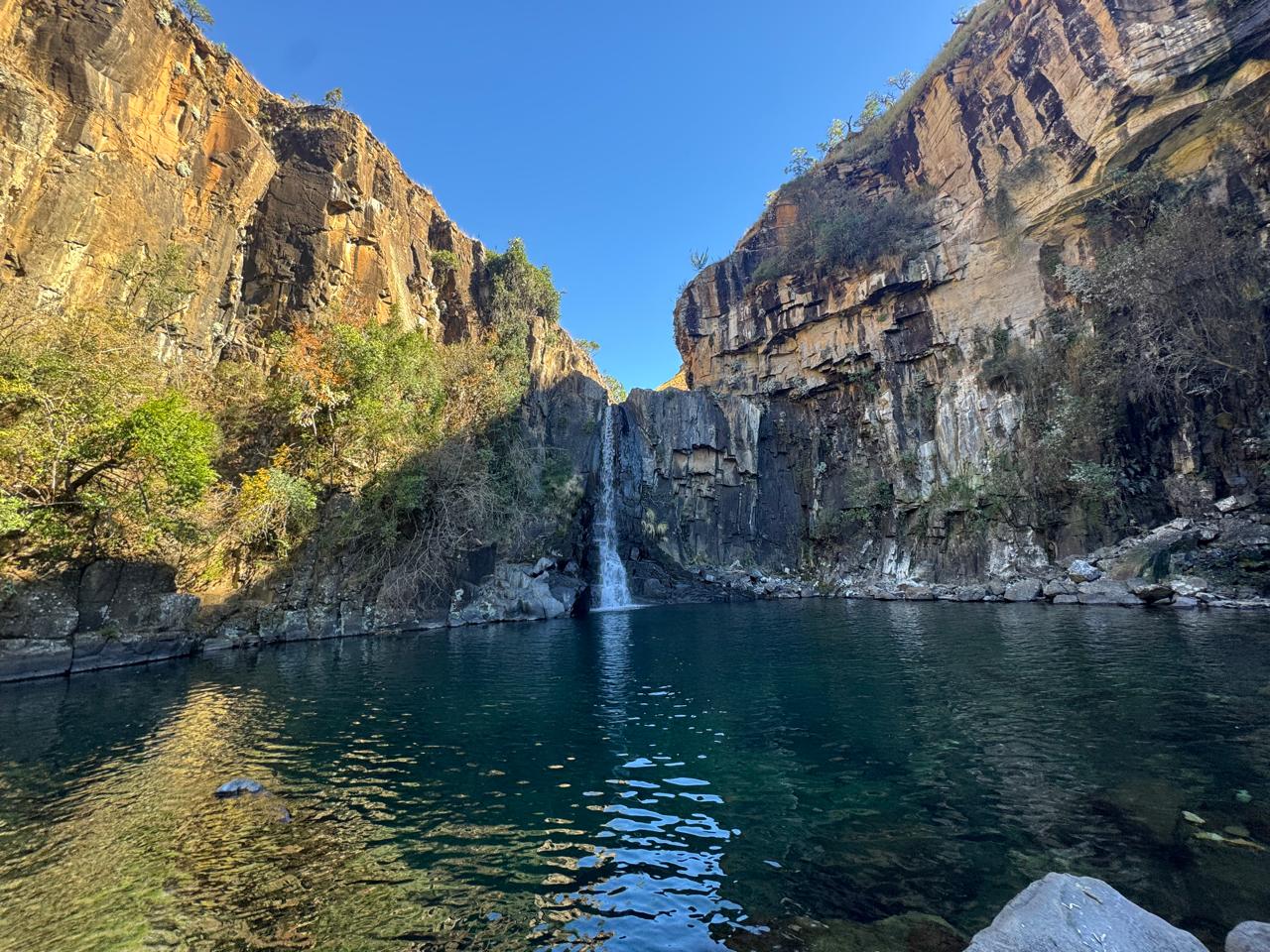In search of 'the look'
1628433416884-01%20(1)%20copy.webp)

1628433416884-01%20(1)%20copy.webp)
For visitors to our continent, the Lion is the traditional symbol of African strength, whilst the Rhino, Leopard and Elephant are also regarded with a sense of reverence and awe.
Ask any man whose footprints have interlaced with those of animals in the dust of the African bush, about what they respect and fear in equal measure, and they are likely to give the same answer. "iNyati" in the language of the Zulu, and "Mbogo" in Swahili. In english, the African Buffalo.
In a bygone era, when hunting the big 5 was an accepted and popular pastime, the buffalo was responsible for killing more hunters than any other animal. It was a business where the popular animals were given nicknames that described their characters. The magnificent Kudu bull, for example, was known as 'The grey ghost of Africa' by foreign hunters, for its ability to gracefully melt out of vision into the undergrowth, and vanish. The buffalo was known by two nicknames, 'Black Death', or 'The Widowmaker'.
When the old bulls are run out of the herd by younger, stronger males, they will often spend their remaining days alone. These solitary wanderer's are known as 'Dagga Boys' - "dagga" meaning mud. They pass long hours by wallowing in mud to get protection from the African sun, in addition to controlling parasites such as ticks.
I was once told by a ranger - "An old bull wakes up angry, and his mood deteriorates from there." They are the animals that are usually sought after as a hunting trophy, but they play a dangerous game. Along with superb eyesight, their sense of smell and hearing is exceptional. Wound them, and the playing fields are turned upside down. There is an old adage that an elephant never forgets: The buffalo never forgives.
When wounded, they become aggressive and angry, and they will actively start to 'hunt the hunters'. Driven by revenge, there are countless stories of them using wind, shade and stealth to encircle the human tormentors, moving back on their own tracks, to wait and set up well executed ambushes. Like the Kudu, they will disappear, but instead of melting away, they will wait until the pursuers are just meters away, before charging. The annals of hunting are filled with stories of deceased men as a violent result of those charges.
I have long been fascinated by these animals, and from far, they appear fairly innocuous. In the early 1950's, American author Robert Ruark spent time hunting Buffalo in Kenya and Tanganyika, and he described the gaze of a Buffalo as " He looked at me like I owed him money".
I've always wanted to try to capture that image that description evokes. In all of my images, always from a distance or vehicle, I appeared to get a blank gaze, but I realised that possibly only an up close encounter with an angry dagga boy would give me that shot. And being a man with a good sense of self preservation, that was not likely to be a situation I would be seeking.
I did, however, get the opportunity on a cold overcast day, albeit in far more controlled circumstances. A very large dagga boy was being held in a boma at a private reserve, as he rehabilitated from a leg injury. (A boma is an animal enclosure.) An angry, aggressive buffalo, he had built a reputation for escaping boma's and I was warned to walk softly as I approached to try and get an image through the palisade fencing.
I had no idea where he was, but he had detected my approach long before I covered the last meters to peer through the gaps. He had found me...
As I slowly pushed my face to the fencing, I heard a loud, intense, snorting, that sounded like it was on top of me, and a split second later, I smelt something that was unnatural. At the same time that my brain was trying to identify what it was, my eyes adjusted to the light, and just meters from my face was the form of a huge buffalo head. I remember sucking in a breath as I tried to compute the size of this magnificent animal.
The horns gradually fuse together into a thick, helmet-like growth at the base, called a 'boss', and it was as I gazed in awe at the close up detail of the boss, that I saw the eye. He was close enough that I only noticed one, and it looked through me, into my soul. That eye, cold and murderous, combined with the rhythmic 'whoosh' of air through the nostrils, and smell, made the hair on my neck stand up.
Here it was, finally. That 'you owe me money' look.
I pushed my camera shutter once, and backed away slowly. Sitting at a fire, with a whisky in hand, and looking at this image, I realise in absolute certainty that this is not an animal I wish to encounter on foot in the bush, especially had I inflicted pain on it. He was just magnificent.
In the early 1950's, American author Robert Ruark spent time hunting Buffalo in Kenya and Tanganyika, and he described the gaze of a Buffalo as: "He looked at me like I owed him money." I've always wanted to try to capture that image that description evokes.


1628433416884-01%20(1).jpeg)















